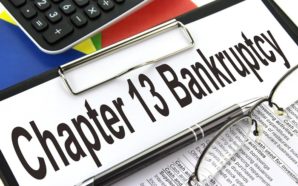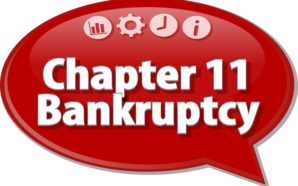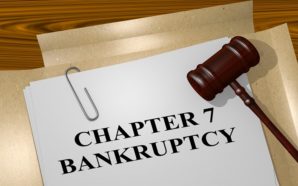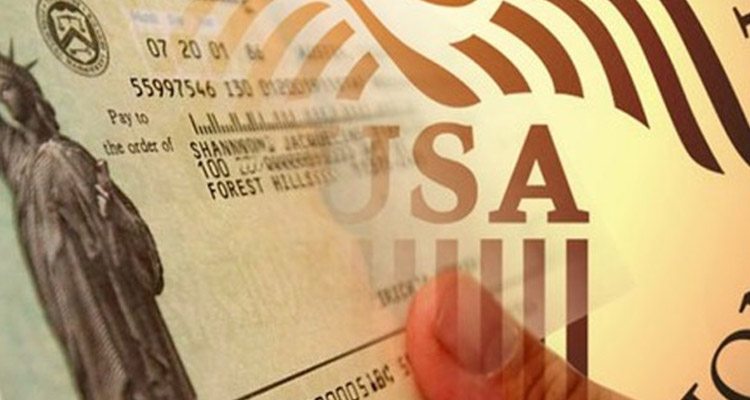Finding a United States Bankruptcy Court
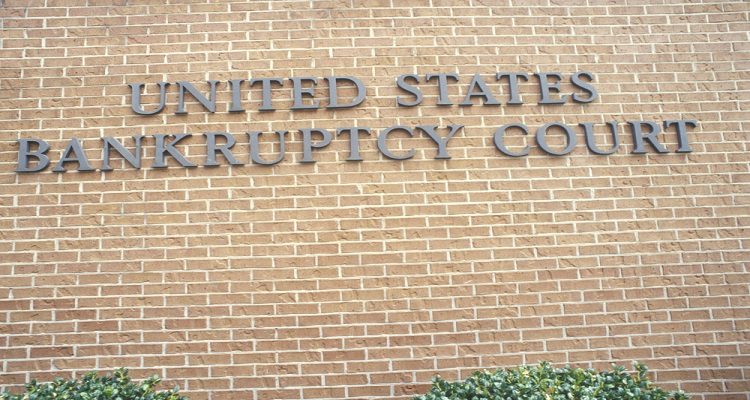
The Federal Judicial Center’s website has a wonderful write-up about how the United States Bankruptcy Court was created. It is interesting to note that for much of the country’s history, the Federal Courts did not have any jurisdiction in bankruptcy cases. It was only in the 19th century that Congress began to take steps to formulate rules that would govern bankruptcy proceedings.
The system saw numerous changes that were reflective of the changes in society and the increase in consumerism. The current system of bankruptcy proceedings was put in place on April 1, 1984 by the United States Congress. Thus, today, the United States Bankruptcy court is created under Article 1, Section 8 of the United States Constitution.
The United States Federal Court System
Now, all bankruptcy cases are governed by Federal Law and these cases can only be heard in a United States Bankruptcy Court. The Federal Court System has 3 levels – District Court (also called Trial Courts), Circuit Court (these are the first stage of appeals) and the Supreme Court (the highest stage of appeal in the federal system).
Federal courts are defined as courts of “original jurisdiction”. This means that federal courts can only hear cases that have been authorized by federal statues or directly by the United States Constitution.
There are a total of 94 District Courts and 13 Circuit Courts and 1 Supreme Court in the United States.
The United States Bankruptcy Court
The United States Bankruptcy Court is actually a specialized court that are basically a division of District Courts. While District Courts can hear bankruptcy cases in addition to the other cases in their jurisdiction, bankruptcy cases are usually referred directly to the specialized bankruptcy courts.
According to the federal statute 28 USC 1334, bankruptcy courts have sole jurisdiction over bankruptcy cases. This is so that all bankruptcy cases will be subject to a single set of federal rules and regulations. State courts can and do follow their own rules and regulations.
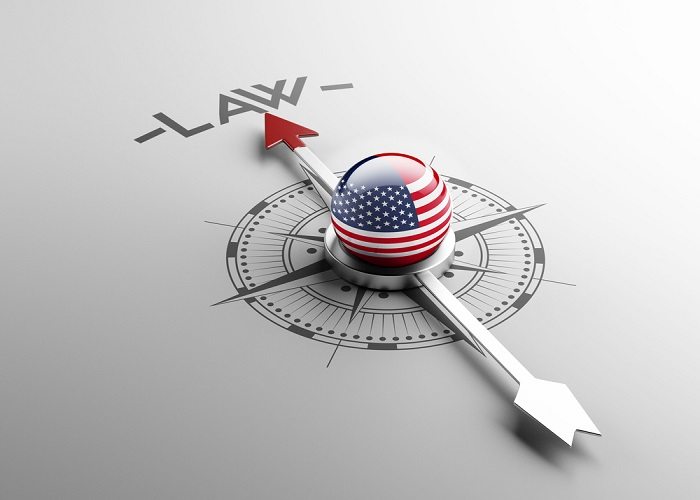
Core Matters
There are some aspects of bankruptcy cases that are key to the bankruptcy process and so are called “Core Matters”. These include the Bankruptcy Code, the Claims process, debt discharge, Chapter 13 Repayment Plans, Chapter 11 reorganization, etc. Core matters are those issues that could only arise out of bankruptcy and nothing else. Only a bankruptcy judge may make decisions for core matters.
Bankruptcy Judges
The United States Court of Appeals appoints bankruptcy judges for a term of 14 years, after which the term must be renewed by the appellate court. It is possible that a United States bankruptcy court judge’s term may not be renewed at the end of his or her term and it is also acceptable for a judge to decline a 14 year appointment.
Finding a United States Bankruptcy Court
When applying for bankruptcy you must ensure that you apply at the right bankruptcy court in compliance with federal statutes. To find the right court for your domicile, you can check the bankruptcy court locator.



